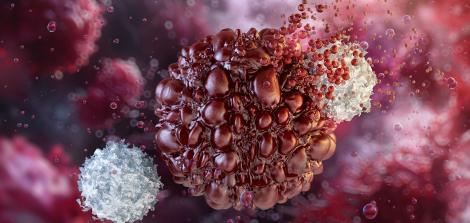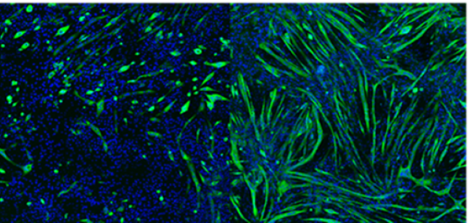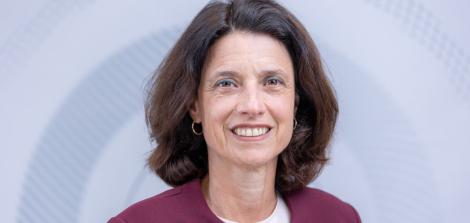From architecture to biological materials engineering – Interview with Prof. Sharon Rothstein
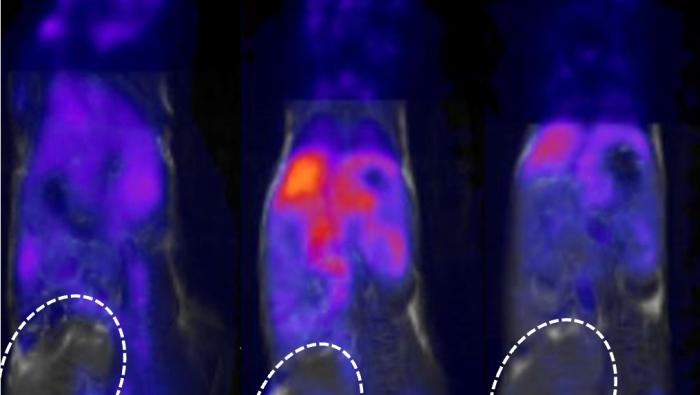
What is innovation? According to Section 5 of the Patent Law, one of the characteristics of a new invention is “an advancement that is not obvious to an average professional.” How is this determined? Several methods have been established in case law, one of which is particularly interesting: when the inventor uses a material or method perceived by an average professional as harmful or serving a purpose contrary to what is intended. This applies to innovation in personalized medicine, and Prof. Sharon Rothstein from the Dangoor Center for Personalized Medicine is a perfect example.
Prof. Rothstein actually wanted to be an architect. When she wasn’t accepted into the architecture program at the Technion, she chose to pursue chemical engineering instead, and Bar-Ilan gained a brave, top-notch scientist. Today, she is involved in the engineering of biological materials in personalized medicine. She completed her doctoral studies at the Weizmann Institute of Science, where she won the Otto Schwartz Prize for research students. She then completed her postdoctoral studies at the University of Pittsburgh in the USA. Now, at her lab in the Chemistry Department at Bar-Ilan University, she and her team use various methods to study copper in cells with the aim of developing copper-based materials to diagnose cancer and even fight bacteria- definitely not something an average professional would do!
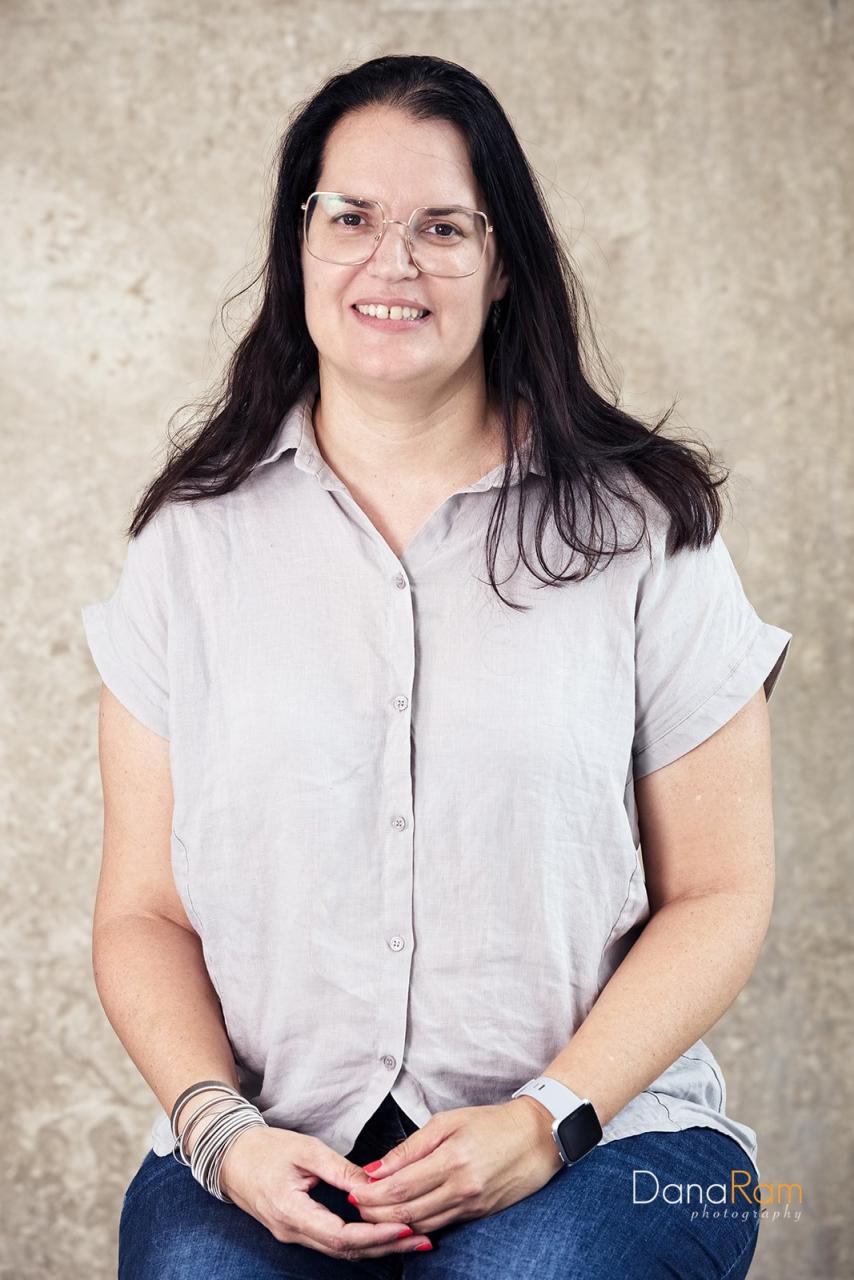
Not all that glitters is gold- some is copper!
The anti-microbial properties of copper were known in ancient times, when it was used as a disinfectant for wounds and to purify water. Later research discovered that copper is an integral part of the processes occurring in every living being. It is an essential component of many proteins, and without it, the cell would not function. However, the same properties that make it so essential for our cells can also be harmful. If copper roams freely in the blood, it causes poisoning.
Prof. Rothstein, can we say about copper that “we can't live with it, and we can't live without it”?
“Copper is indeed essential to our bodies, but it can also be dangerous. Therefore, in living organisms various sophisticated mechanisms have evolved to regulate copper. We have developed an entire system to monitor, direct and control the transition of copper. One area we focus on in the Dangoor Center for Personalized Medicine is the study of copper in bacterial cells – especially those that infect humans.”
Why is it important to understand copper function in bacteria?
“Since copper is toxic, bacteria don't want it either. They have all of the control mechanisms that humans do and even more. Bacteria have additional, highly sensitive mechanisms that can detect very low concentrations of copper entering their cells, at the level of a single copper ion. When they detect the entry of copper, they start producing a protein that captures the wayward copper and ejects it.”
And how does this help us humans?
“Based on this knowledge, Prof. Arieh Grosman and I are developing something interesting: we give bacteria a small amount of copper to activate their copper ejection mechanism, and then we attach another protein that we created in the lab, which disrupts the ejection process. The result is that the copper kills the bacteria. This research aims to address the problem of bacteria developing resistance to known types of antibiotics, which threatens our ability to fight infections.”
But to harm the bacteria, doesn’t a person need to introduce toxic copper into their body?
“We are developing antibiotics tailored to the differences between mechanisms in human cells and in pathogenic cells like bacteria. Our goal is to create an oral drug with a low copper concentration that does not harm our cells, but does harm bacteria. Since the copper is attached to another substance that only affects a protein found in bacteria and not in humans, the risk of it causing toxicity in the human body is low. So far, we've already conducted some successful experiments on cell cultures.”
Radiotracer: The race for the material that will diagnose cancer
Another application of copper in medicine comes from an unexpected direction – cancer research and diagnosis. Today, the medical field offers us advanced diagnostic tools, but we cannot completely rely on test results. False results on medical tests can endanger patients by preventing them from receiving the appropriate treatment in a timely manner. Unfortunately, such errors are quite common; in some medical tests, the percentage of false results exceeds ten percent.
Can copper help reduce false results in cancer diagnosis?
“Yes. The human body knows how to signal a problem – for example, through a fever or swelling. These signals, called 'biomarkers,' are indicators used to measure a medical condition. There are natural indicators, like high fever or low hemoglobin, but it is also possible to create artificial biomarkers that are injected into a subject, tracked, and thus provide new information about internal processes, such as those indicating the presence of cancer.”
What type of biomarker are you developing?
“The biomarker we're working on is called a radiotracer, because it is radioactive. The material emits radiation, allowing us to track its movement in the body through a PET scan, which measures the radiation emitted from different cells after injection. Since the substance undergoes a different chemical process in healthy tissue compared to diseased tissue, the difference can be seen.”
Like in cancer?
“Yes. In cancer, the cells multiply and replicate at a much higher rate than normal cells, so they have unusual characteristics, such as a particularly high rate of glucose consumption. Based on this difference, there is already a radiotracer called 18F-FDG, based on a radioactive sugar molecule, to diagnose cancer. It is currently the most commonly used radiotracer for early cancer detection and monitoring during treatment. It is used in over 90% of the tests, and the material has to be supplied almost every hour to the hospital because its lifespan is very short – about an hour and a half from the time of production. The problem is that not only cancer cells consume a lot of sugar- inflammatory cells do too. This means that unfortunately, the test has a high percentage of false results. Therefore, many research groups are working on an alternative, like our group, which includes Prof. Rinat Abramowitz from Hadassah Hospital and partners like Prof. Alessandra Magistrato from the SISSA Research Institute in Italy, Prof. Eitan Okun from Bar-Ilan, and two other students of Prof. Rothstein: Shelly Miron and Dr. Yulia Scheinberger.”
What have you developed as an alternative?
“Cancerous tumors have additional characteristics, such as a lack of oxygen in their cells. We developed a radiotracer based on radioactive copper. Copper has an electric charge, and when it is in an oxygen-deprived area, it undergoes a chemical process that changes its electric charge and causes it to remain in the cells for a long time. If I inject the material into mice and do the test, after a while, I will see the signal only where there is no oxygen in the cells – in other words: only where there is a cancerous tumor, not in normal cells.”
What are the advantages of this radiotracer compared to one based on sugar detection?
“The image after a PET scan with radioactive sugar is not clear enough because the signal is relatively weak. Currently, experts are needed to look at the results and analyze them carefully, due to the difficulty of distinguishing between a tumor, inflammation or healthy tissue. The main advantage of a copper-based radiotracer is that a very clear signal is obtained. Additionally, in the imaging test with the material we developed you can see areas where the tissue is dead, which is additional functional information about the tumor that cannot be currently obtained with the sugar test and is significant for doctors.”
Will this development remain in the lab, or will it actually reach the market?
“The massive collaboration of our group has already led to the development of a real product: a radioactive copper-based material for cancer diagnosis that already has a patent. The next step will be to pass a safety review to start clinical trials.”
What elements of personalized medicine are present in what you're doing?
“Doctors cannot always predict the precise efficacy of a certain treatment against cancer, as it can vary between people, conditions and cancer types. However, if we find a way not only to efficiently diagnose the tumor but also to accurately and quickly measure the treatment's effect, we can tailor specific drugs. This is why the radiotracer is important for personalized medicine. Ineffective treatment wastes valuable time or, worse, can cause harm. For example, chemotherapy treatments are not beneficial for tumors characterized by a lack of oxygen. If doctors get this information from tests, like a PET scan with the material we developed, they can tailor the treatment to the patient.”
In what cases can the material you developed be used?
“We can diagnose types of cancer such as breast, prostate, liver and lung cancer. We are also working on a special development for diagnosing brain cancer, GBM, in collaboration with Prof. Shai Rahimipour from our department. Sugar, by the way, is not at all suitable for detecting prostate cancer.”
Wandering is fun, but coming home is better
Prof. Rothstein completed her postdoctoral studies in Pittsburgh. “It turned out to be an excellent decision academically. To this day, I am still in touch with my advisor from there, Sunil Saxena, and some of the research, like the antibiotic research, we do together. Pittsburgh is my second home, and once a year I fly there for a work visit.”
Why did you return to Israel, and what brought you to Bar-Ilan?
“We gave ourselves three years for me to do my postdoc, and it was clear that when I finished, we would return to Israel. We returned to be close to family and for Zionistic reasons. I chose Bar-Ilan because they were attentive to the needs of my research absorption package, which included high-cost equipment. Prof. Amnon Albeck, who was then the head of the Chemistry Department and is now the university's rector, made the process simple and easy. It was the smartest career decision I ever made.”
What is special about academia in Israel?
“We do excellent research within much lower budgets, and our researchers think outside the box to compensate. The education we received led us to not be afraid of climbing up high trees or even taking the risk of falling, because you can always get back up afterward. Our courage and our daring attitudes have led to many breakthroughs. We are also very social, open and collaborative. When you share something with someone, even just over coffee, ideas develop, and collaborations are formed. This is the key to success in general, and especially in the field of personalized medicine.”
Last Updated Date : 12/11/2024
